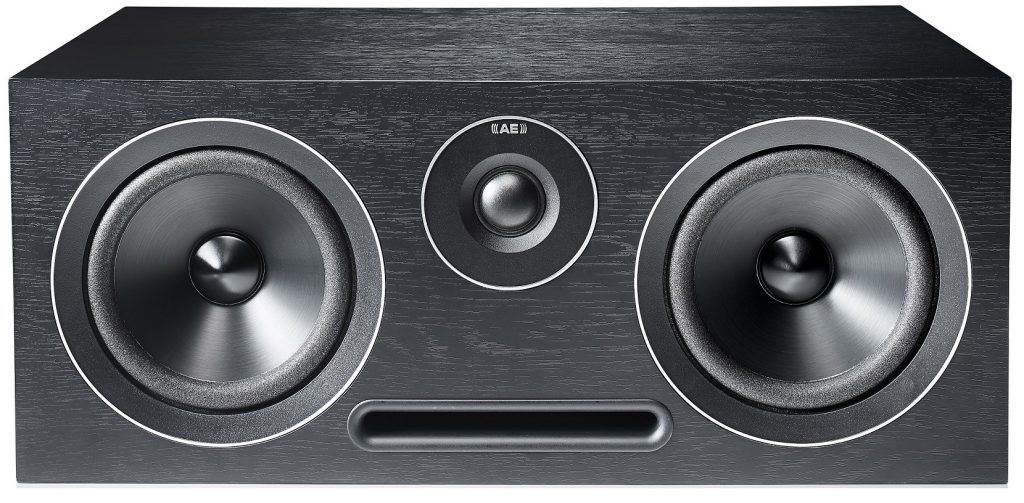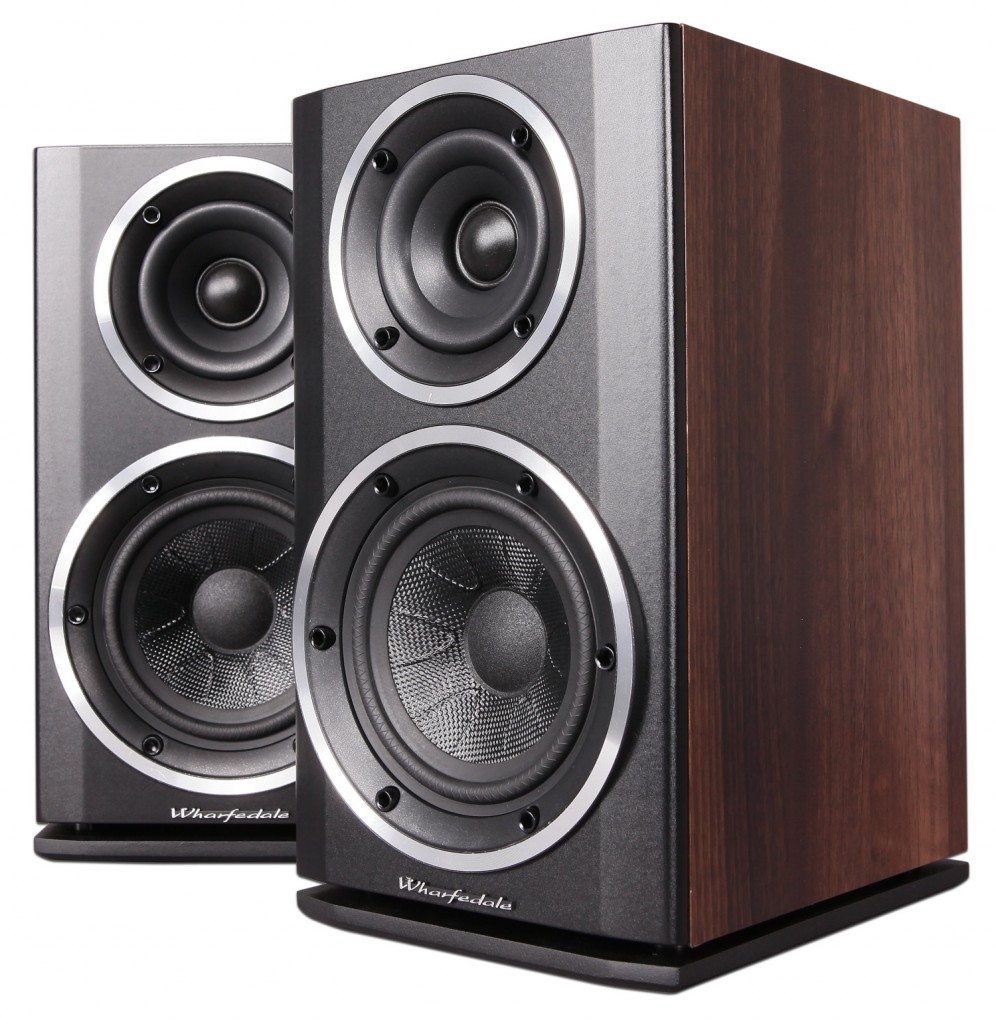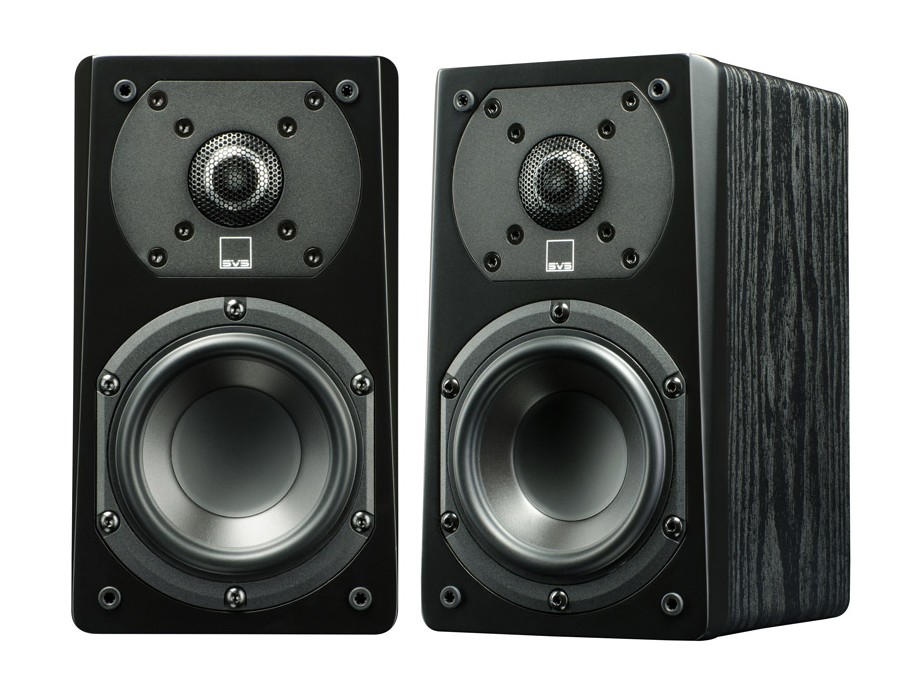Article by Venoth Nair
The third chapter of the component selection segment in our ‘how to guide’ is the most prominent figure when it comes to any cinema system out there, the speakers. The speakers that make up a complete theatre setup commonly consist of two types, the passive variety which is pretty much all your full range channels in a setup and an active variety which is usually the darling of the audio world, loved by all, the subwoofer. There are active speakers which can be employed for the primary audio channel duty, but the use of these in home cinema is rare and usually expensive.
As this is a beginner’s how to guide, we shall address a basic system setup which can then be built upon and expanded as your know-how as well as pocket, improves. A basic system as we have mentioned many times before consist of five main passive speakers and a single active subwoofer. Due to the wealth of information when it comes to speaker setups, I have decided to break it down into 2 parts with this article focusing on the full range passive speakers with the next one discussing the subwoofer.
The passive speakers are divided into 3 parts, the front left and right channels, the centre channel and the rear left and right speakers. Each of these sets has their own varied responsibilities within the system which we will get into.
The centre is the dialogue speaker which also bangs out effects and other sounds to keep it coherent with the images on screen. This is why a centre channel is almost always below the display. You could place it above the display, but why risk a heavy object like that hanging above your precious display.
The main front channels are the all-encompassing speakers, usually full range, serving everything from main sound effects to the movies musical score and in some cases front effect dialogues. These speakers play out the heavier sound effects augmenting the centre channel and giving more depth and impact to an otherwise weak sound. These three channels work in harmony to create a powerful marriage between the picture and sound bringing movies to life.
The rear channels or ‘effects’ channels are responsible for completing the system and immersing the viewer in sound. These speakers add the ultimate layer of depth by playing out sounds that come from behind, giving you an “in the thick of it” feeling. This helps with action sequences and is particularly chilling when it comes to thrillers and horror movies. Rear speakers are usually bookshelf speakers or smaller satellites which have limited dynamic range though floorstanders could be used if you like a fuller sound.
Selecting the right set of speakers is governed by a few simple rules. The speakers should be the right specification to match the amplifiers output. If you have a rather modest amplifier in terms of power handling, look to purchase speakers which are highly sensitive and are within an impedance range of 6-8 ohms, this makes driving them a breeze. If the speakers are easily driven, the amplifier would not need to work as hard to achieve ear-drum rupturing volumes. Although in a Cinemaphiles world, what we want to achieve is a cinematic experience that is dynamic, detailed and places you at the heart of the action which is easily achieved by well driven speakers.
Speaker sizing is another important aspect and selection should be made based on the space that you have at your disposal. In a smaller room, wall mountable satellite speakers should be the weapon of choice. Bookshelves are a great option but then you would have to factor in cost for a suitable stand for the speakers. Floorstanders are a great overall bet, especially in a dual function setup which is used for music as well as movies, but space limitations can sometimes hinder the concept of using these large speakers especially for surround duty.
Always examine the options made available based on your budget. Each speaker has its pros and cons so selecting the right one for you may not be an exact science. Personally I enjoy the use of bookshelfs in my system as I could get myself an amazing pair of fronts on a lower price bracket then that of a similarly accomplished floorstander. So with this information as a guide, armed with your eyes and ears, take the time to sample the range in the market before you settle with your first set of cinema speakers. Next on the menu, the Subwoofer.
Article by Venoth Nair



